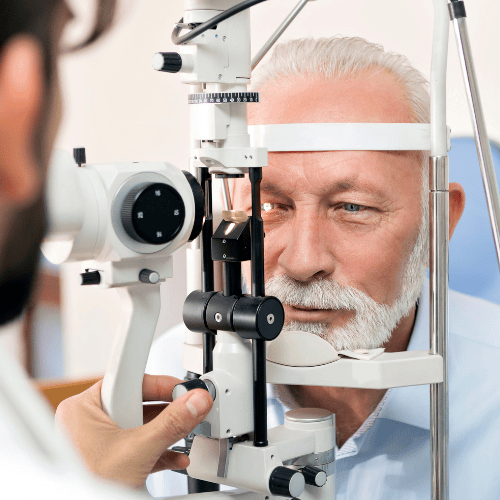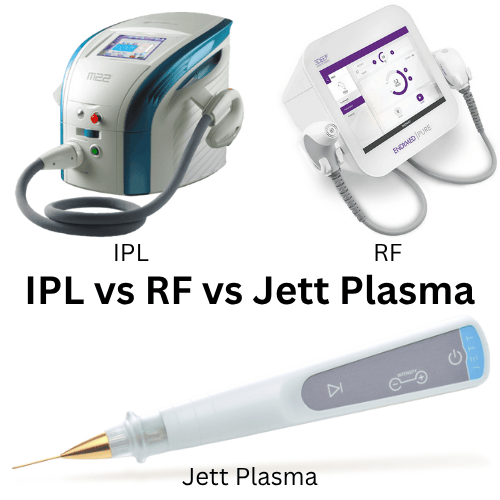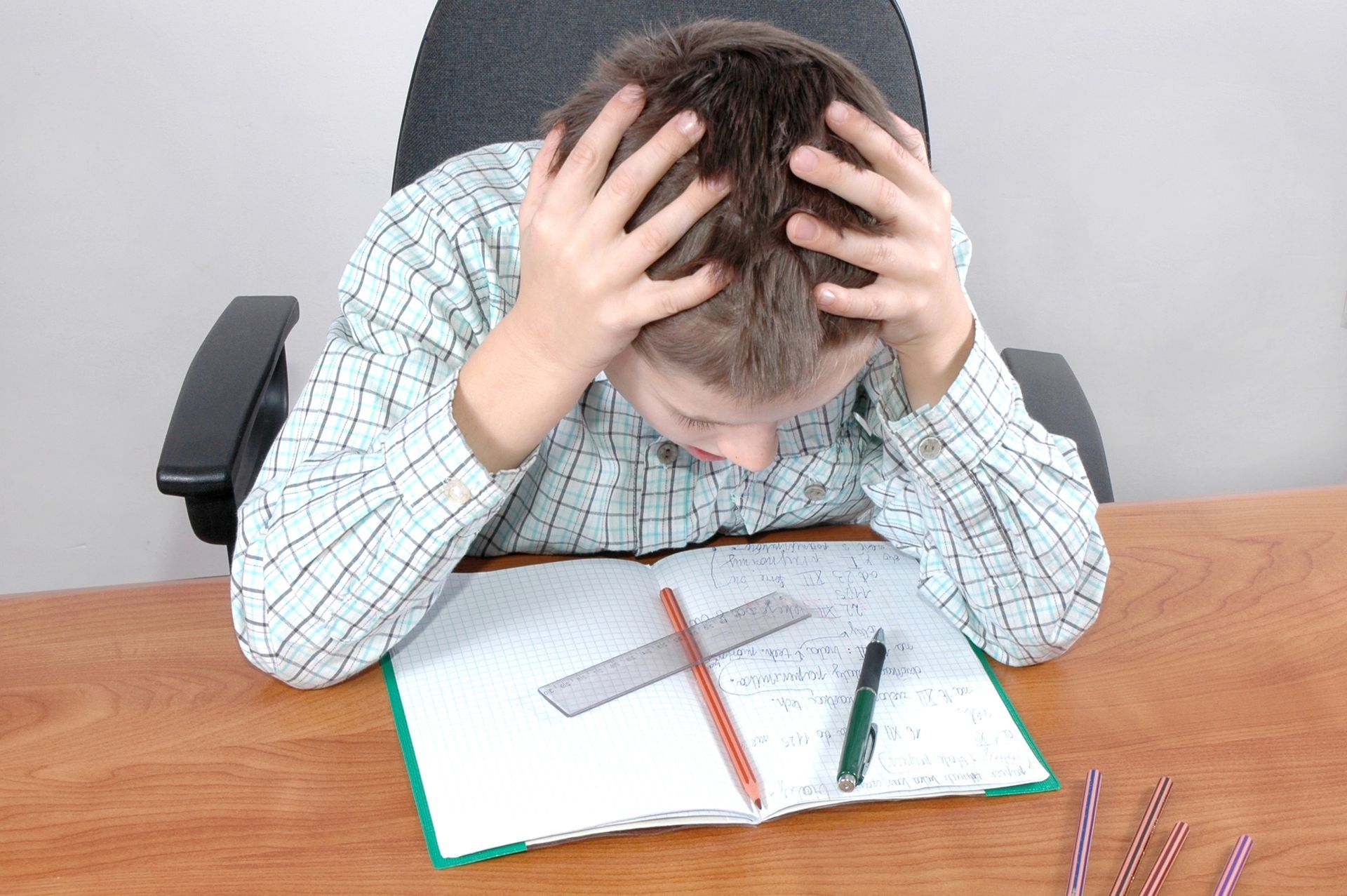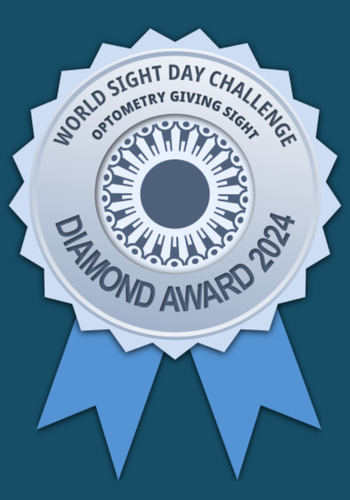What to Expect at a Kids Eye Exam
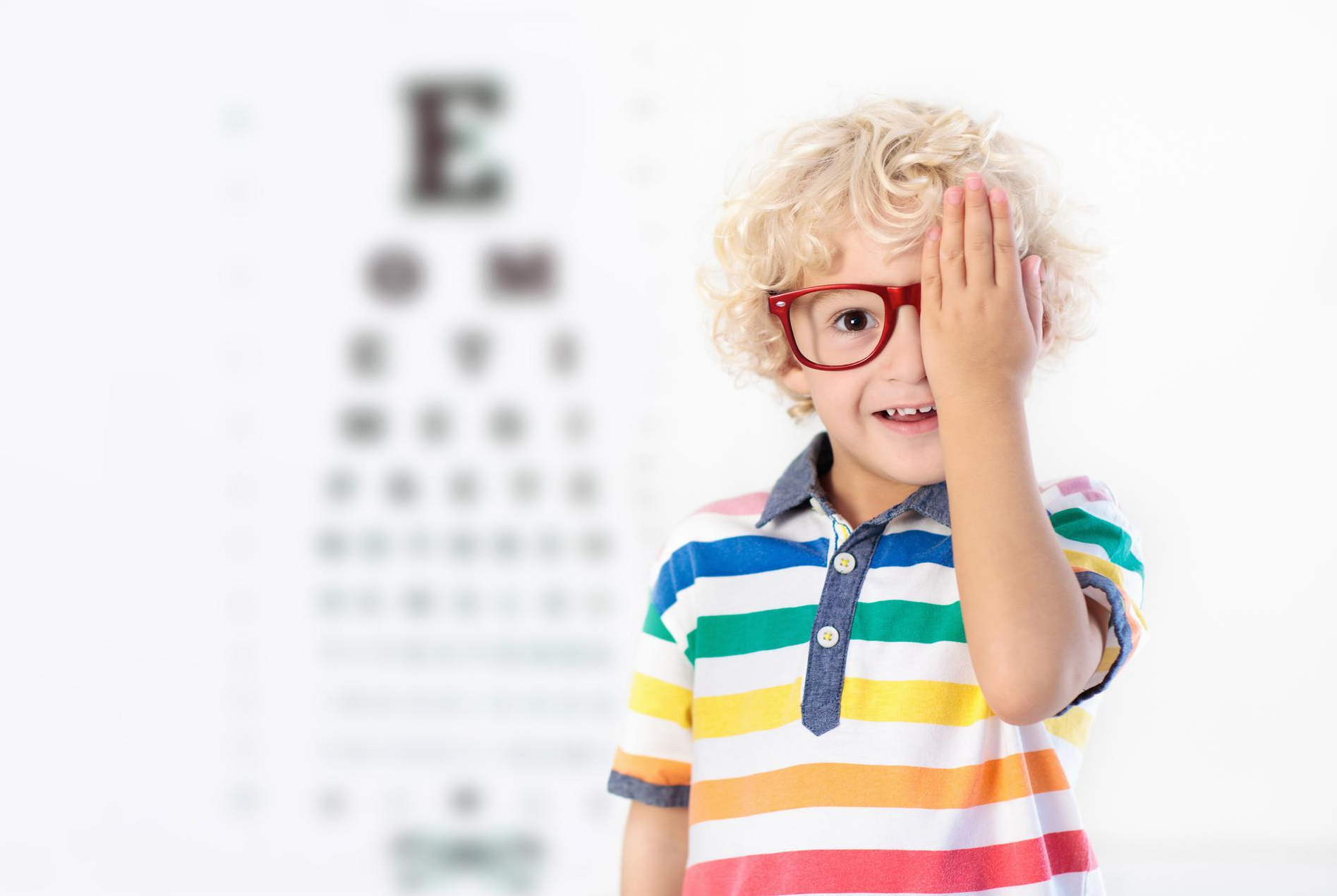
The importance of regular eye exams for kids
Clear, comfortable vision is an important part of a child’s health, ensuring success at school, sports, and other extra-curricular activities. As many as one in four children1 may have a vision deficiency that impacts their learning, so getting your child’s eyes checked yearly is a key priority.
What happens during a kids’ eye exam?
We want to ensure a comfortable experience for everyone who visits our eye clinics in Calgary for vision screening. When we see kids, the type of vision testing will be modified depending on their age. For example, very young children (age 4 and under) will have limited computerized testing. Our Calgary eye doctors will rely on hand-held equipment, usually involving different types of lights, to assess your child’s vision. In a few minutes, they will be able to check focusing, eye teaming, and internal and external ocular health. The need for glasses is often determined by using a retinoscope – a specialized instrument that allows the eye doctor to assess the light reflected from the pupils. Children do not need to know their letters for us to be able to check their eye health, vision, and their need for special kids eyeglasses!
Our optometrists will often recommend a dilated examination for young children. This allows them to get a better look at the inside of the eyes and determine eye health status as well as a more accurate assessment of their need for glasses. You may be given the eye drops ahead of time and asked to help your kids put them in 30 minutes ahead of their appointment. Kids usually tolerate a dilated examination very well and only experience light sensitivity and blurriness for a few hours afterward.
How to prepare your child for their eye exam
Let them know they will meet some friendly people who want to make sure their eyes are okay! They might be asked to look at some pictures or letters and tell us what they see. We will use some different lights to check their eyes and they’ll get to sit in a special chair that goes up and down, so we try to make it a comfortable and fun experience overall. They might even get to see a picture of the inside of their eyes!
Common tests and procedures performed during a child’s eye exam
- Visual acuity – how well can they see? If old enough they may be able to call out letters or pictures on the chart. With very young kids (under 12 to 18 months of age) our optometrists observe their focusing abilities and eye movements to determine visual acuity.
- Eye teaming and focusing – do the eyes work well together, and can they focus at different distances? This is done using bright lights, a cover paddle (a device that is used to alternately cover one eye then the other) and other equipment as appropriate.
- Eyeglass prescription – are they nearsighted, farsighted, or have astigmatism? Kids who are old enough (age 8 or over) may be tested using a combination of computerized equipment and hand-held instruments. Younger children are usually tested with a retinoscope (see above).
- Eye health status – are their any signs of disease that might threaten vision? We look for different ocular health conditions in kids than adults. The optomap retina scan is an excellent diagnostic tool that helps our doctors pick up the earliest signs of health issues. Children can be tested using an optomap as young as age 5. Other techniques include ophthalmoscopes and biomicroscopes which are often used alone or in conjunction with the optomap to confirm good ocular health in both eyes.
Signs and symptoms that indicate your child might have a vision problem
It’s important to remember that kids often do not report any problems with their eyes or vision. This is because they may assume that the way they see is “normal” as they have nothing else to compare it with. They may also be too apprehensive to report a concern.
Here are some things to watch for and report to your optometrist:
- Reading problems – the eyes must go through complex movements in order to read effectively. Using a finger to track across a page, inattention or inability to focus on reading tasks for very long, or headaches after reading are all symptoms that should be further evaluated.
- Coordination during sports activities – delayed reaction time, reduced hand-eye coordination and difficulty judging distances are often symptomatic for eye or vision problems
- Blurriness or double vision – either constant or after prolonged visual activity such as reading, computer use or looking at the board in class – should be investigated further at an eye examination.
Tips for maintaining good eye and vision health for kids
Excessive screen time is a growing problem among young people of all ages. Follow this guideline so that maximum daily use of electronic devices is not exceeded. Implement the “20-20-20 Rule” when performing any near-related task to ensure adequate rest time for the eye’s focusing and teaming mechanisms. Ensure that UV-protective sunglasses are used whenever your kids are outdoors. Finally, encourage healthy eating habits, paying attention to adequate consumption of fruits and vegetables to support proper eye health and growing bodies.
When should you schedule an eye exam for your kids?
Your child’s first eye exam should be scheduled between 6 and 12 months of age, then annually thereafter. Alberta Health covers basic eye exams every year for children up to age 19.
Image by master1305 on Freepik

